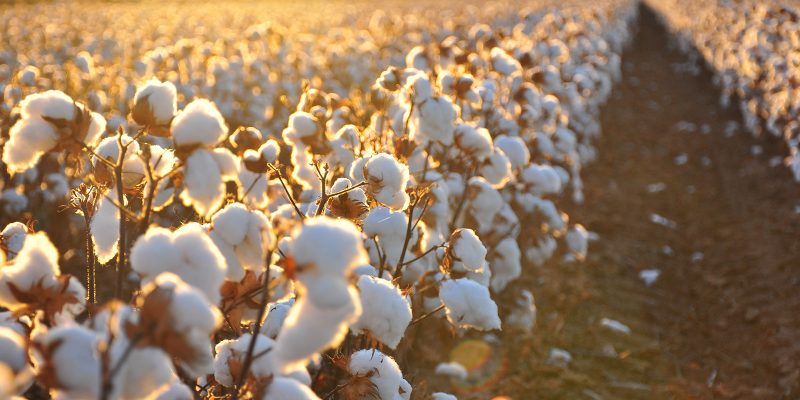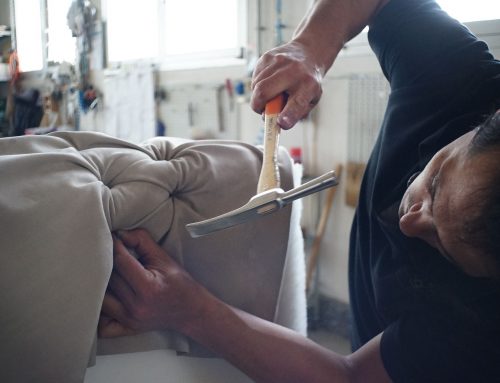It is sometimes surprising how even the simplest objects we use in our everyday life may “hide” a great environmental or social impact. For many mass consumer products nowadays, the value chain is globally spread and scattered across continents: even for the most environmentally-aware consumers it gets really complex to properly understand the true impact of their consumption choices.
Clothing industry is far from being an exception. It is rather difficult to understand the impact that lies behind the manufacture of the clothes we wear.
This industry has undergone massive transformations in the last two decades. The current fast fashion business model makes it is possible to have new collections on the shelves almost biweekly [1]. The global output (and consequently the total resource consumption) sky-rocketed since the early 2000s: from 2000 to 2014 the production of clothes increased by more than 100% and the average yearly per capita consumption of garments increased up to 60% [2]. Worldwide garment industry was worth about USD 1.7 trillion in 2015.
Unfortunately, the industry’s growth has not been followed by an upgrade of the social and environmental practices. The business still faces severe issues related to labor and the raw materials used bring massive health and environmental hazards. For instance, polyester became the most used material already in the late 70s [3], but there are several studies that show how common washing cycles could release a discrete amount of polyester and acrylic fibers which contribute to micro-plastic pollution [4]. However here, we want to focus on a material which represents a problem but could be part of the solution: cotton.
Cotton currently accounts for about 30% of textile global consumption and still its production raises some environmental concerns. Firstly, it is one of the most pesticide intensive crop, driver for 24% of pesticide consumption worldwide. Pesticide and, more in general use of chemicals in crops, relate to an extremely high loss of biodiversity, causing shocks to ecosystems. Also, the cotton is an extremely water-voracious crop: up to 20,000 liters of water are needed solely to produce 1kg of cotton [5]. Moreover, without the proper safety processes, the same water can convey the pesticides and chemicals to the ground water: it’s easy to understand the potential health risks for the people living in the surrounding of cotton crops, whose life depends also on available water resources.
You may now feel worried about the shirts you continuously buy, but here are the good news: Unlike for many other products there is an alternative: organic cotton.
Organic cotton is the environmentally friendly alternative of the common cotton usually our clothes are made of; it is cultivated with methods and processes respectful of the environment which ensure soil fertility and a biologically diverse ecosystem. This is mainly achieved by the complete elimination of pesticides from the cultivation process. There are many apparel brands now offering organic cotton alternatives all easily recognizable by a reliable labeling:
-
 GOTS symbol
GOTS symbol -
 OE100 symbol
OE100 symbol -
 OE blended symbol
OE blended symbol -
 Soil Association symbol
Soil Association symbol
Organic cotton clothes do cost more as they internalize more costs: costs that usually in the case of conventional cotton someone else is paying, often in terms of health and pollution. The additional money you would pay for the organic alternative would cover the investment needed to fulfill strict environmental standards and to provide the farmers with a fair compensation for their work. As always the message we communicate to companies through our consumption choices is important and powerful.
Of course there is no such thing as a perfect solution and so has organic cotton disadvantages as well [6]. Therefore our advice is the following: Buy less clothes. Go for the more sustainable alternative. Wear your clothes more. There’s no more certain way to reduce your impact than to reduce the amount of clothes you consume and to keep those clothes for a long time. Try to wash them only as needed. It can make a huge difference.



![Ecosia it! [4min. reading time]](https://www.habits.ninja/wp-content/uploads/ecosia-logo-500x383.png)
![Building trust: why consumers should shift towards environmentally friendly corporations [7min. reading time]](https://www.habits.ninja/wp-content/uploads/environmental-awareness-679668_640-500x383.jpg)












